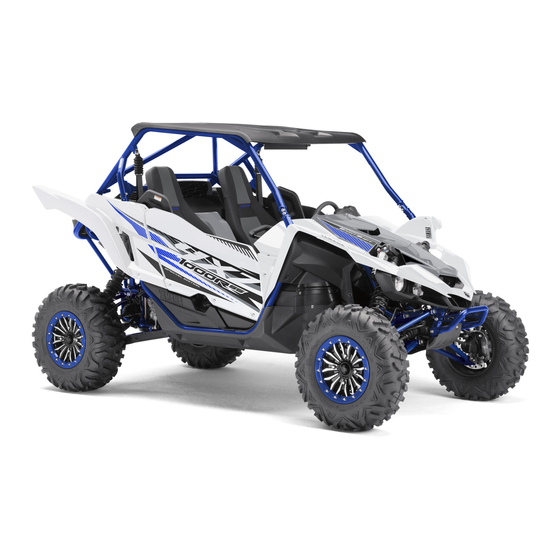
Yamaha YXZ1000R Owner's Manual
Hide thumbs
Also See for YXZ1000R:
- Owner's manual (200 pages) ,
- Owner's manual (224 pages) ,
- Installation instructions (4 pages)













Need help?
Do you have a question about the YXZ1000R and is the answer not in the manual?
Questions and answers
2019 bone stock. Runs and starts perfect except- stop on a slight incline it will turn over fine but not start. Push it to somewhat more level ground and it fires and runs normally. Is there some kind of safety switch re level status for the thing to run? Thanks
Yes, the 2019 Yamaha YXZ1000R has safety features that affect starting and operation on an incline. The transmission should not be shifted into neutral on an incline unless the parking brake is applied or the vehicle is otherwise secured.
This answer is automatically generated